You have probably come across the words quartz and quartzite on several occasions. You may also be using them interchangeably — even retailers in the field tend to do so. Although the two may sound like the same thing, you'll find out that they actually differ from one another in more than one way. Both, however, are high-end choices for countertops. Regardless of their differences in appearance, composition, and so on, quartz and quartzite do have a few properties in common. These properties, along with the exclusive characteristics, make the stones ideal options for several other household elements besides countertops.
Defining Quartz and Quartzite
The main factor that differentiates quartz from a quartzite is that the former is man-made. Quartz is crafted by binding the crystals found in quartzite with resins, pigments, glass, and other materials. Roughly 90% of the material is natural while the remaining 10% consists of added polymers. The end result is a non-porous stone that is available in various designs, colors, shades, and patterns. This versatility allows quartz to be made to resemble any type of stone. The pigments that are mixed into quartz can give it a spectrum of hues including blue, pink, violet, and orange. Moreover, quartz slabs are either flecked or veined to display a variety of patterns.
Quartzite, on the other hand, is a completely natural stone. It starts off as sandstone and is naturally formed into quartzite under intense pressure and heat beneath the surface of the earth. Up to 99% of quartzite is composed of quartz crystals which are fused with the sandstone in the natural process. It mainly comes in shades of gray or white, but can also have hues of red or pink due to the iron oxide in the stone. As for the pattern, quartzite features a veiny look with inconsistencies throughout the slab — and is often mistaken for granite or marble due to high similarities in patterning.
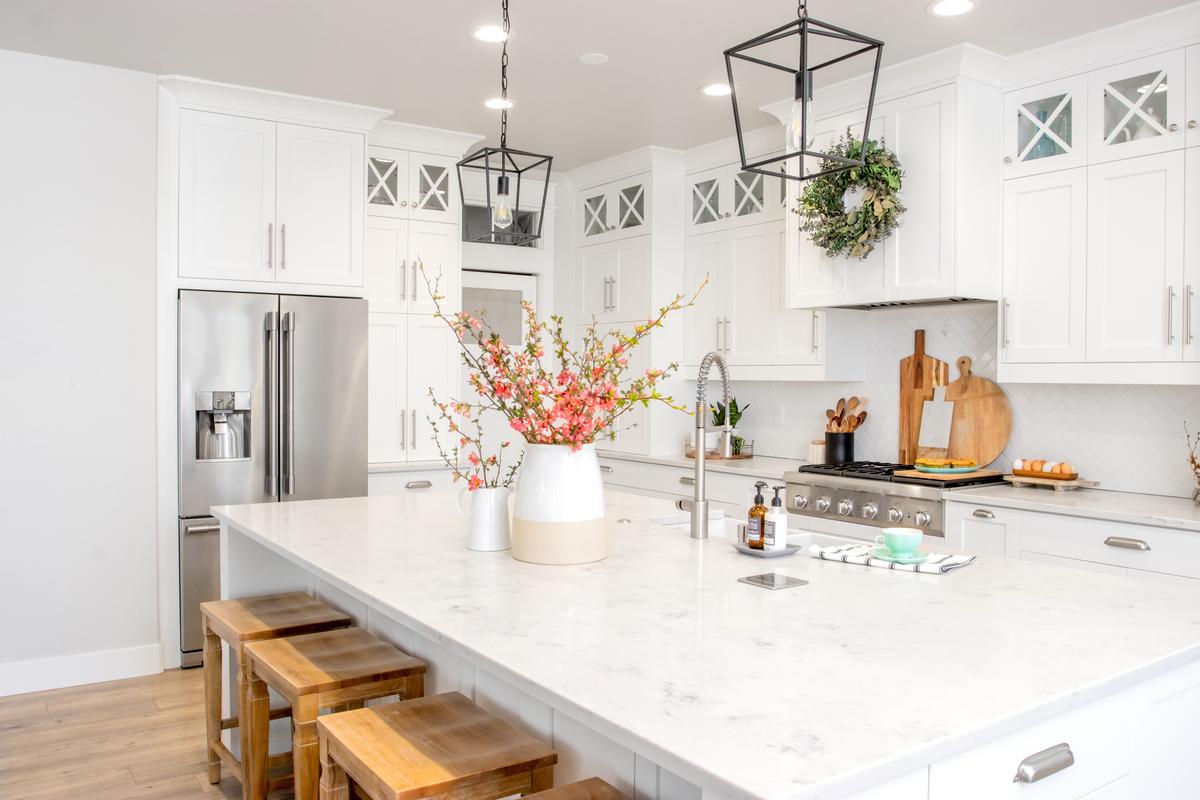
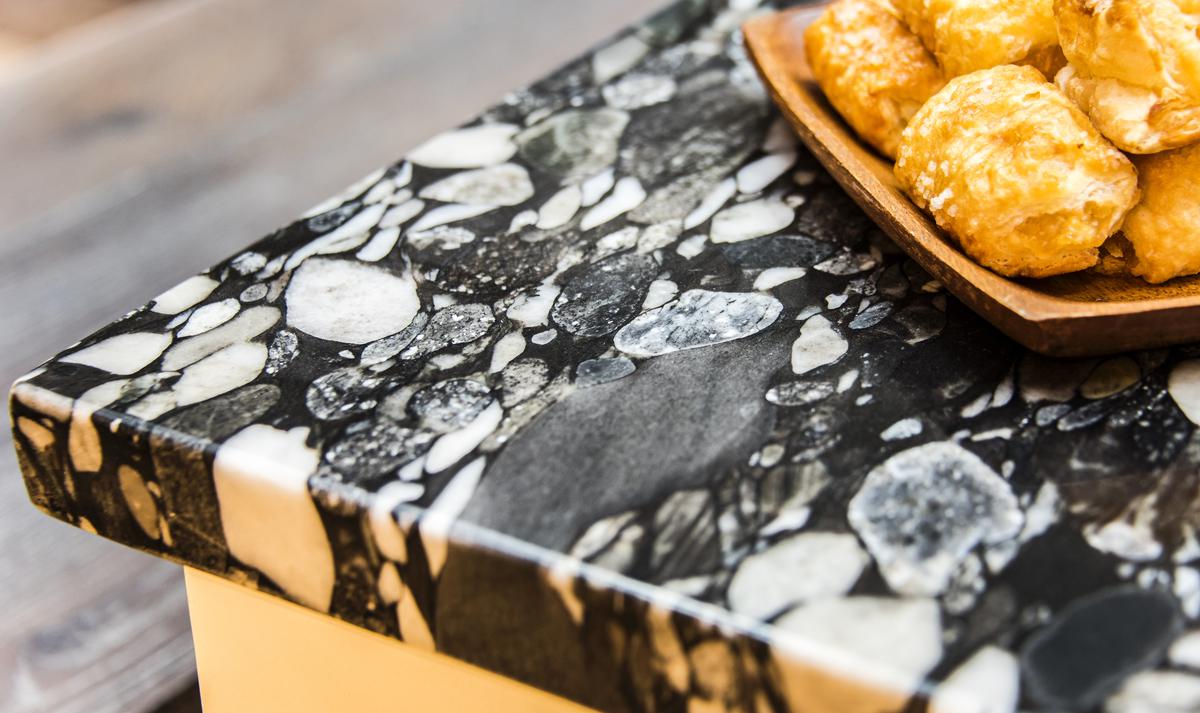
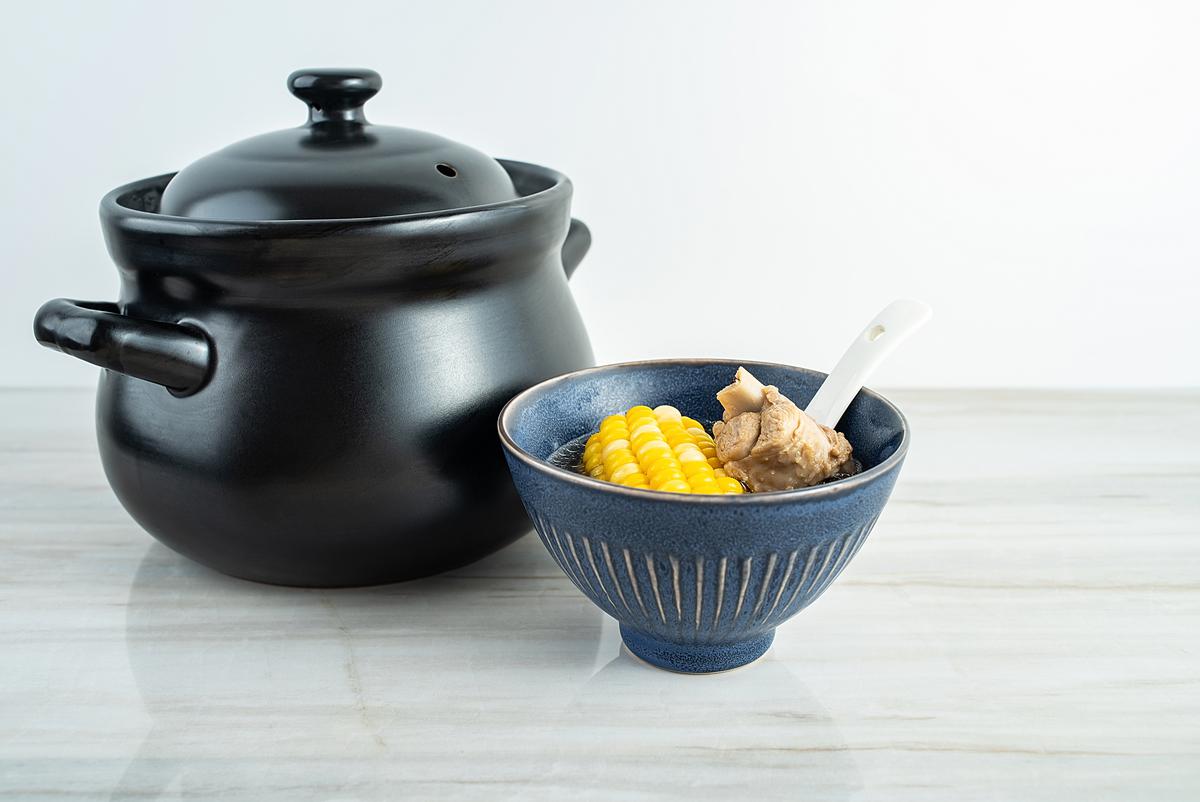
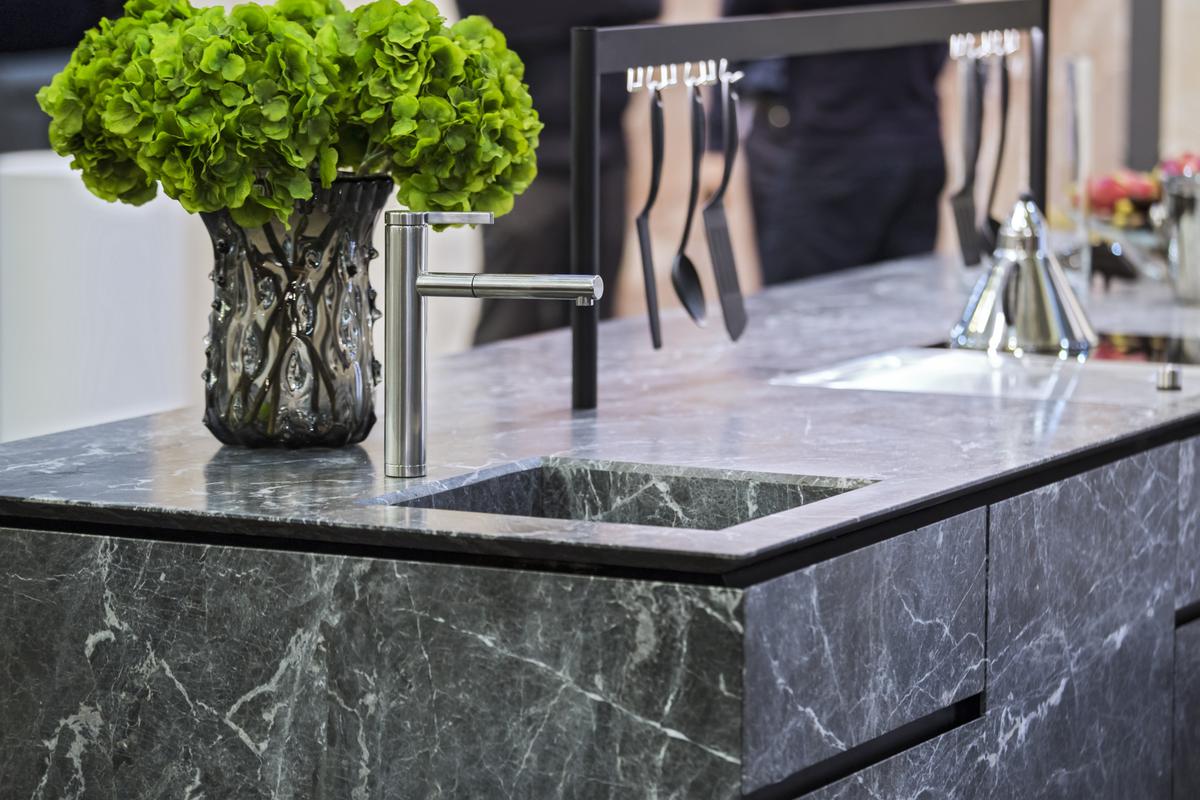
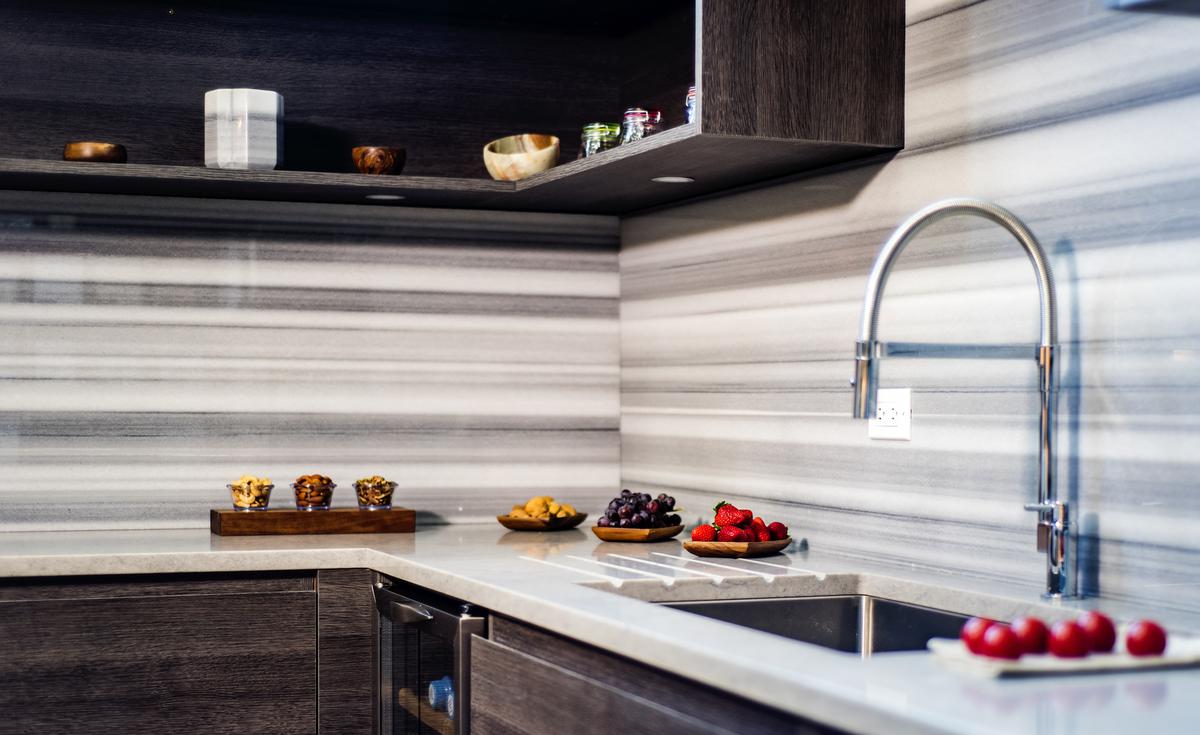
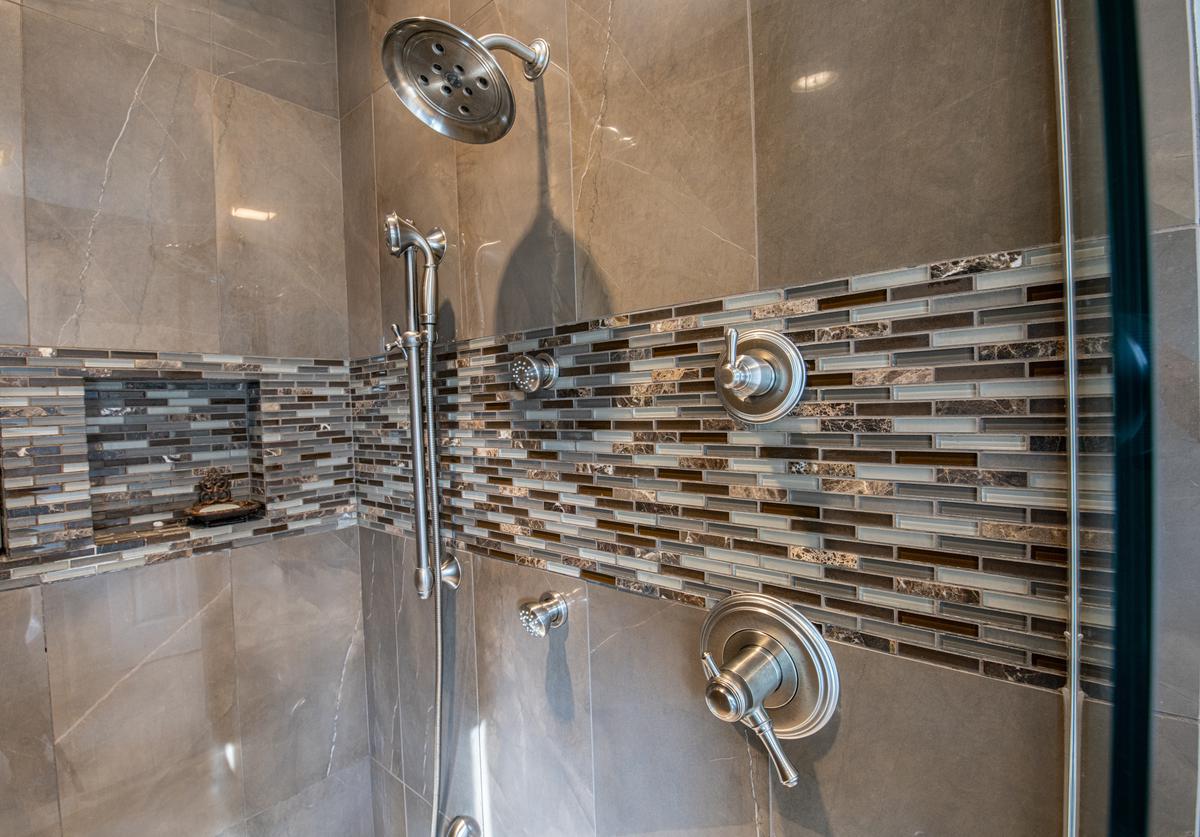
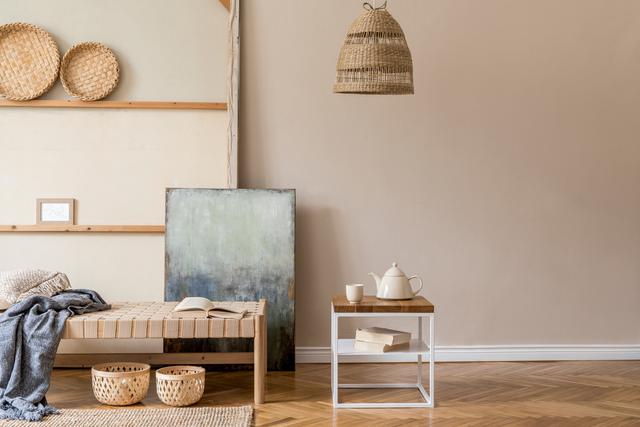
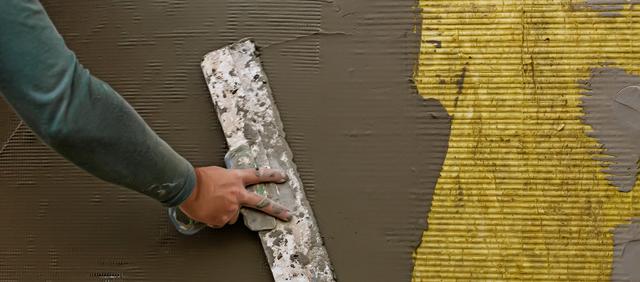
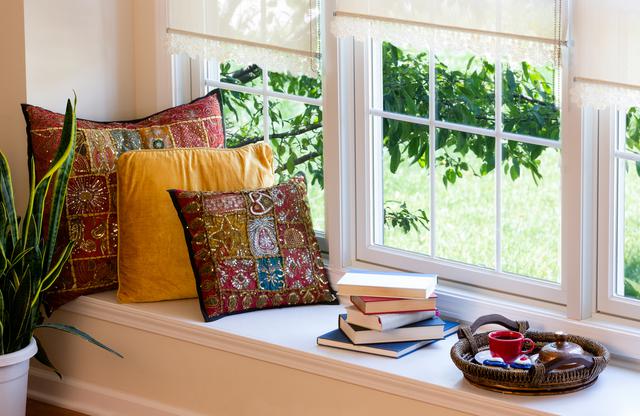
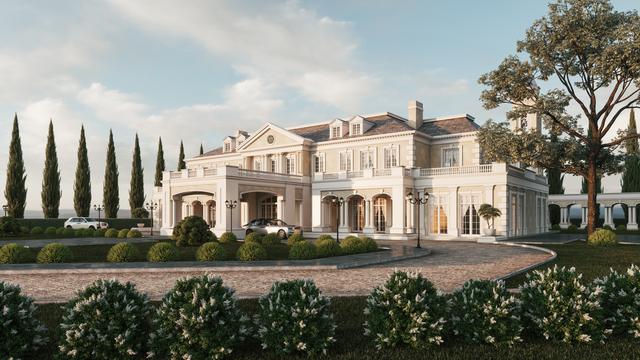
comments